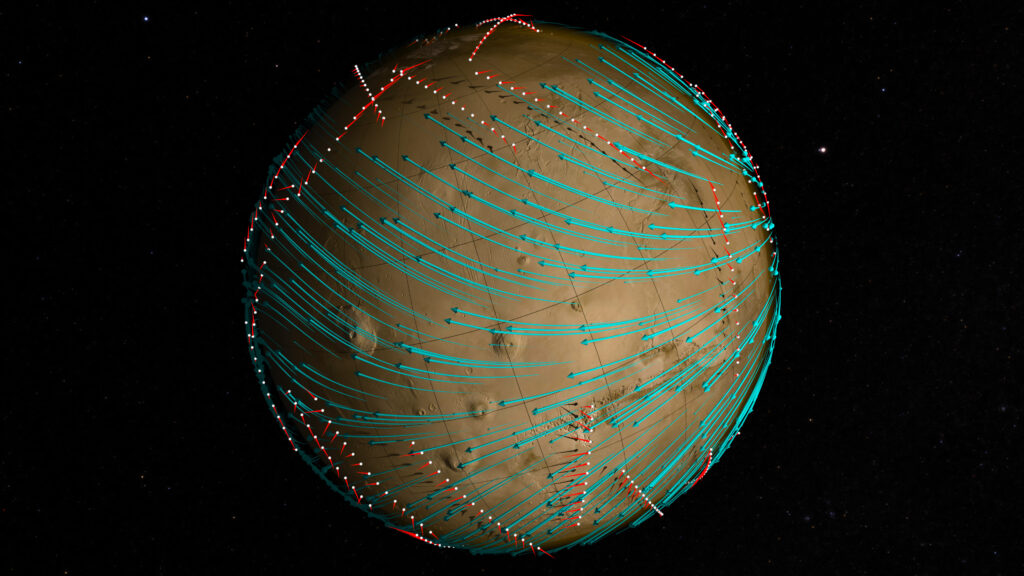NASA researchers have concluded that wind strength in many parts of Mars is sufficient for turbines to produce the required amount of energy to generate electricity.

Wind on Mars
The atmosphere of Mars is extremely thin. Therefore, despite the fact that the wind speed can reach hundreds of kilometers per hour there, its force is quite small. And it’s not always good. After all, this means that there is not much energy in it, and it will not be possible to convert it with the “windmills” (as we do it on Earth) into a sufficient amount of electricity to power a base.
However, this claim was recently challenged by two researchers from NASA and their colleague from the University of Washington in Seattle. In a newly published paper, they expressed confidence that in many places on Mars, the wind is quite capable of producing enough energy for human life.
To do this, they applied to the Red Planet a climate model that is used on Earth to forecast the weather. It takes into account factors such as the amount of solar radiation, the level of dust and thermal energy in the atmosphere, and the landscape in different areas of the planet.
Where can wind turbines be installed on Mars?
Researchers have modeled the Martian climate over many years and realized that many areas on Mars have strong winds that blow regularly enough to use wind turbines there. And in some places, they can even become the principal source of energy.
First of all, this applies to the edges of craters and volcanic highlands. In addition, it turned out that the circular currents around the poles of the planet also have a significant force. In some places, wind turbines seem to be even more efficient than solar panels.
All this is very important for the establishment of settlements near the northern ice cap of Mars. Wind generators would provide enough energy there to melt the ice and get water from it. At the same time, the researchers note that due to the high cost of transporting a kilogram of cargo to the Red Planet, these devices will have to be made of lighter materials than those produced on Earth. According to the materials of Rhys.org
